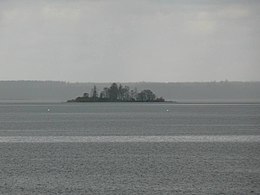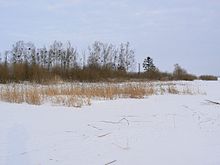.mw-parser-output .hidden-begin{box-sizing:border-box;width:100%;padding:5px;border:none;font-size:95%}.mw-parser-output .hidden-title{font-weight:bold;line-height:1.6;text-align:left}.mw-parser-output .hidden-content{text-align:left}@media all and (max-width:500px){.mw-parser-output .hidden-begin{width:auto!important;clear:none!important;float:none!important))You can help expand this article with text translated from the corresponding article in Estonian. (May 2019) Click [show] for important translation instructions.
Machine translation, like DeepL or Google Translate, is a useful starting point for translations, but translators must revise errors as necessary and confirm that the translation is accurate, rather than simply copy-pasting machine-translated text into the English Wikipedia.
Do not translate text that appears unreliable or low-quality. If possible, verify the text with references provided in the foreign-language article.
You must provide copyright attribution in the edit summary accompanying your translation by providing an interlanguage link to the source of your translation. A model attribution edit summary is Content in this edit is translated from the existing Estonian Wikipedia article at [[:et:Tondisaar]]; see its history for attribution.
You should also add the template ((Translated|et|Tondisaar)) to the talk page.
For more guidance, see Wikipedia:Translation.
 | |
 | |
| Geography | |
|---|---|
| Coordinates | 58°12′07″N 26°03′25″E / 58.202°N 26.057°E |
Tondisaar (lit. 'Haunted Island') is an island in the southern part of Estonia's second-largest lake, Võrtsjärv.[1]

Tondisaar is the only inland nesting place for Great cormorants in Estonia.[2]